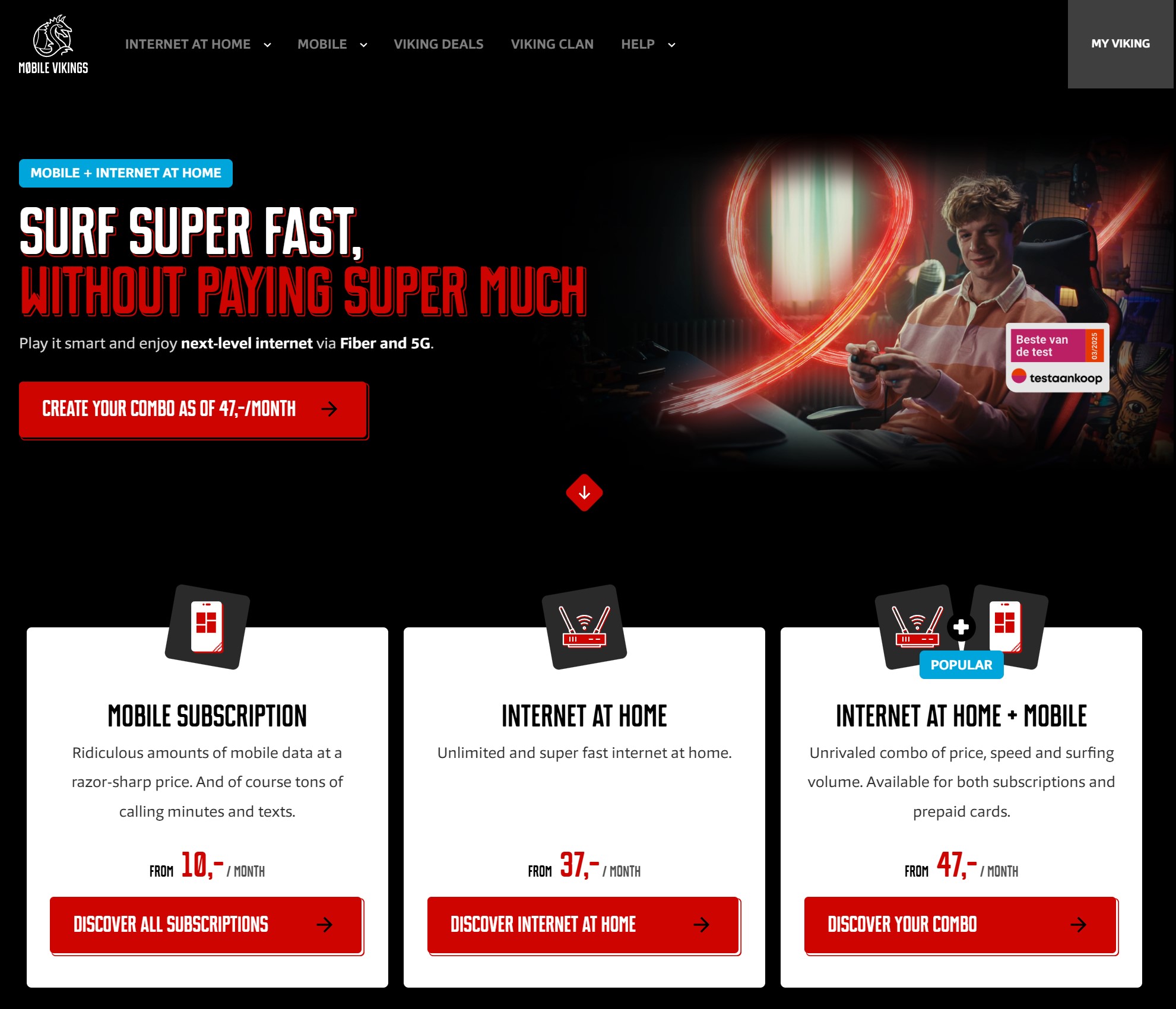Sustainability and reuse are important parts of our renewable energy strategy, with great potential for innovation and improvement. The industry lacks extensive experience decommissioning and recycling large-scale floating offshore wind farms.
While there has been progress in the reuse and recycling of wind turbine blades, there is still a gap in addressing the reuse and recycling of floating offshore wind substructures.
Gunfleet Sands offshore wind farm 172MW wind farm 7 km off the Clacton-on-Sea and Holland Essex coast in the Northern Thames Estuary. Image credit: Ashley Dace via geograph.org.uk, CC BY-SA 2.0
Overview
The Seeker needs innovative solutions to manage the end-of-life phase of floating offshore wind substructures – steel and concrete. Early focus on reuse, afterlife, circularity, and recycling is important to adjust and optimize design. A scheduled Q&A session will present one example case for all challenge applicants.
The Seeker invites you to contribute your expertise and innovative ideas to help us address this challenge and advance the sustainability of the offshore wind industry.
About the Seeker
Equinor has a long history in the energy sector, with 50 years of experience in oil and gas and over 20 years in offshore wind. This unique combination of expertise makes Equinor a leader in developing and operating offshore wind projects. Our floating wind projects include the Hywind demo, Hywind Scotland, and the latest, Hywind Tampen. Hywind Tampen, the world’s largest floating wind farm, supplies power to oil and gas installations, reducing CO2 emissions by more than 200,000 tons annually.
Equinor aims to be the leading industrial offshore wind player in Norway, and we expect floating wind to play a central role in the sector’s development. Floating wind is ready for industrialisation, and we see huge potential in Norway.
Submissions to this Challenge must be received by 14:00 EDT, 26 Aug 2024.
Source: Wazoku














 English
English French
French Spanish
Spanish German
German Dutch
Dutch Italian
Italian Danish
Danish Portuguese
Portuguese Greek
Greek Russian
Russian Swedish
Swedish Bulgarian
Bulgarian Hungarian
Hungarian Catalan
Catalan Ukrainian
Ukrainian Polish
Polish Basque
Basque Chinese (Simplified)
Chinese (Simplified) Japanese
Japanese Hebrew
Hebrew Arabic
Arabic Swahili
Swahili Amharic
Amharic Irish
Irish Afrikaans
Afrikaans Albanian
Albanian Armenian
Armenian Azerbaijani
Azerbaijani Belarusian
Belarusian Bengali
Bengali Bosnian
Bosnian Cebuano
Cebuano Chichewa
Chichewa Chinese (Traditional)
Chinese (Traditional) Corsican
Corsican Croatian
Croatian Czech
Czech Esperanto
Esperanto Estonian
Estonian Filipino
Filipino Finnish
Finnish Frisian
Frisian Galician
Galician Georgian
Georgian Gujarati
Gujarati Haitian Creole
Haitian Creole Hausa
Hausa Hawaiian
Hawaiian Hindi
Hindi Hmong
Hmong Icelandic
Icelandic Igbo
Igbo Indonesian
Indonesian Javanese
Javanese Kannada
Kannada Kazakh
Kazakh Khmer
Khmer Korean
Korean Kurdish (Kurmanji)
Kurdish (Kurmanji) Kyrgyz
Kyrgyz Lao
Lao Latin
Latin Latvian
Latvian Lithuanian
Lithuanian Luxembourgish
Luxembourgish Macedonian
Macedonian Malagasy
Malagasy Malay
Malay Malayalam
Malayalam Maltese
Maltese Maori
Maori Marathi
Marathi Mongolian
Mongolian Myanmar (Burmese)
Myanmar (Burmese) Nepali
Nepali Norwegian
Norwegian Pashto
Pashto Persian
Persian Punjabi
Punjabi Romanian
Romanian Samoan
Samoan Scottish Gaelic
Scottish Gaelic Serbian
Serbian Sesotho
Sesotho Shona
Shona Sindhi
Sindhi Sinhala
Sinhala Slovak
Slovak Slovenian
Slovenian Somali
Somali Sundanese
Sundanese Tajik
Tajik Tamil
Tamil Telugu
Telugu Thai
Thai Turkish
Turkish Urdu
Urdu Uzbek
Uzbek Vietnamese
Vietnamese Welsh
Welsh Xhosa
Xhosa Yiddish
Yiddish Yoruba
Yoruba Zulu
Zulu